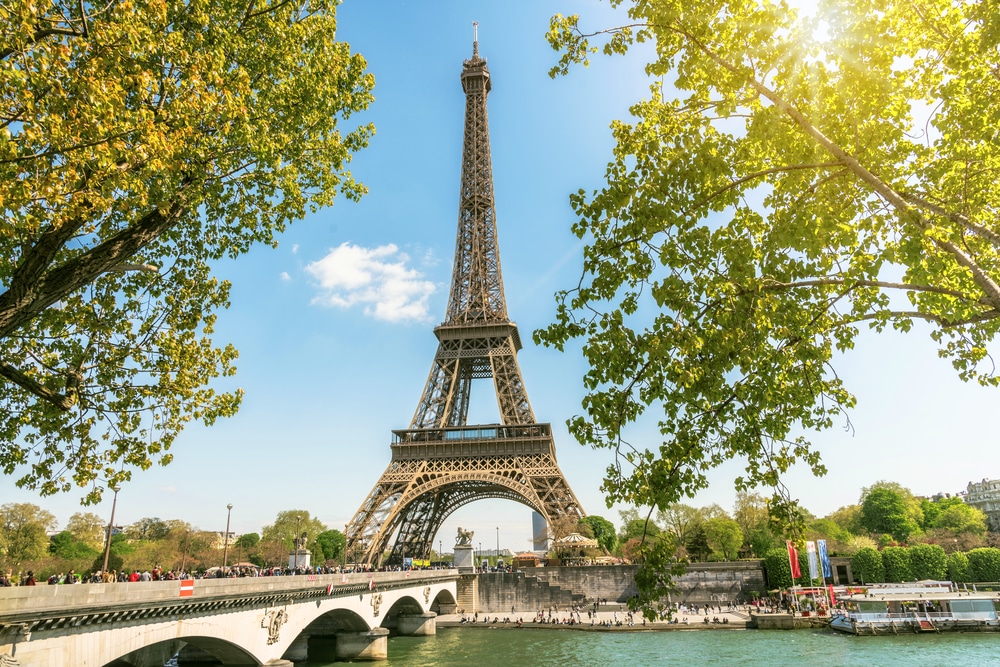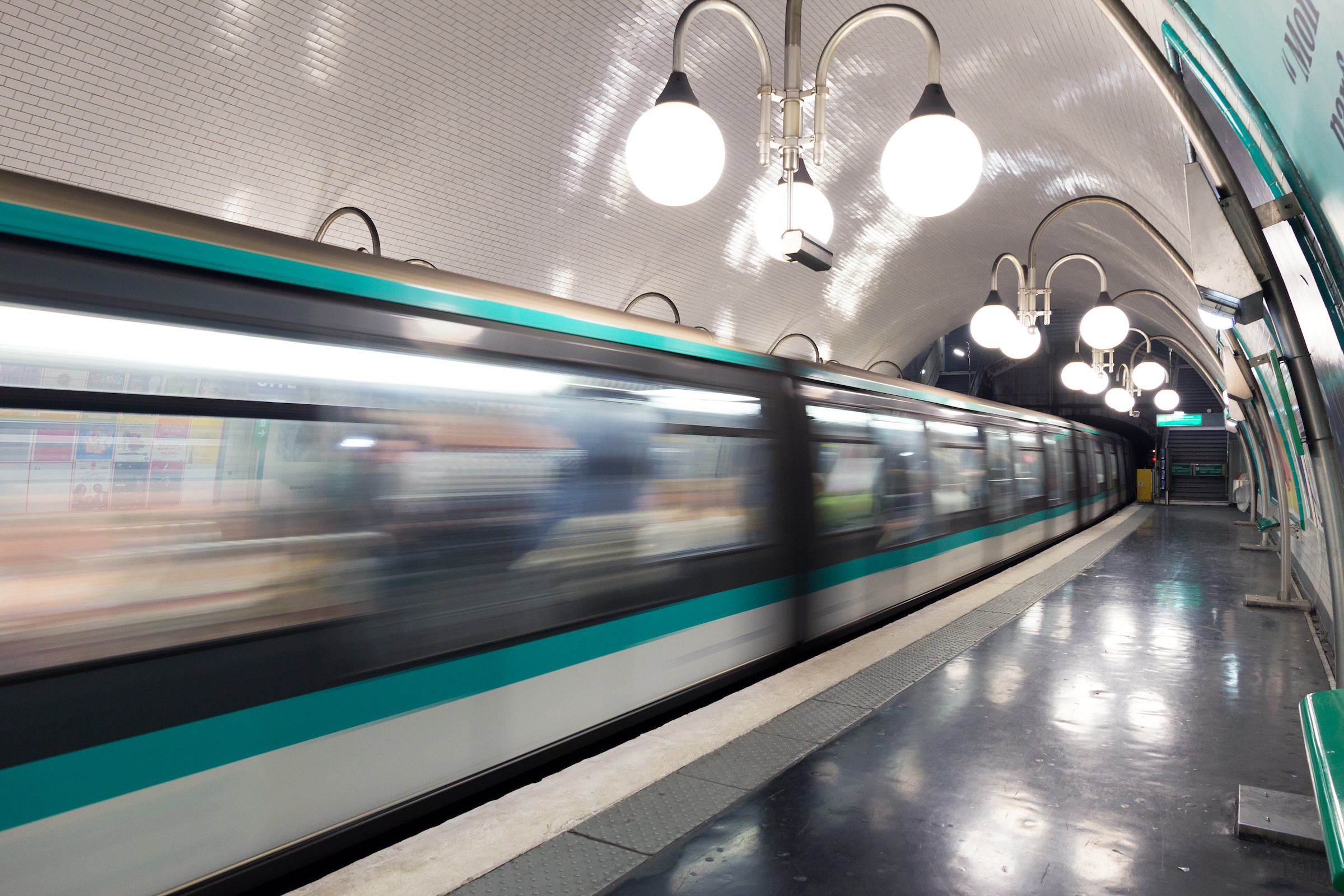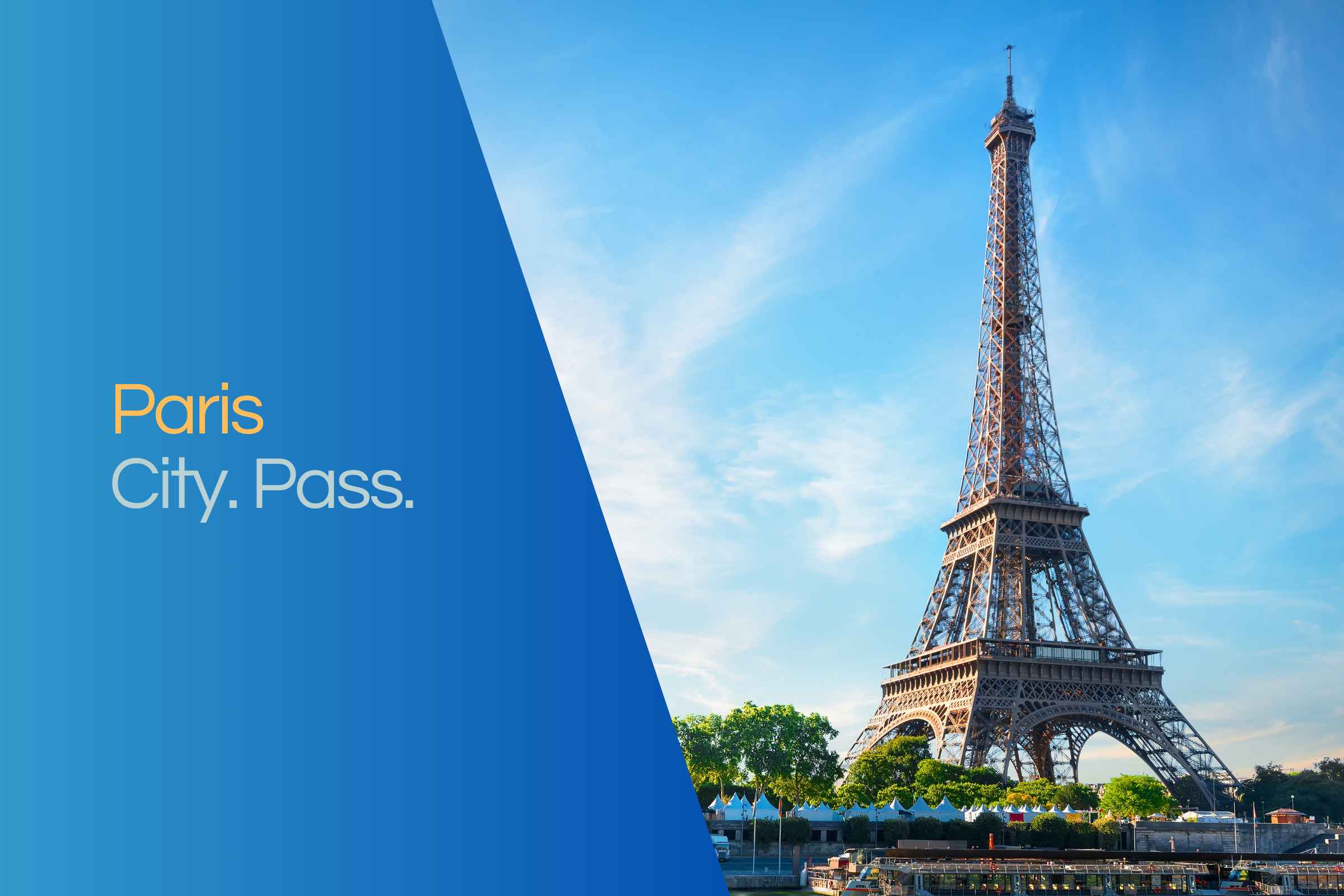La Défense
La Défense is a modern high-rise district west of Paris in the Hauts-de-Seine department. However, this is nothing special for Paris at first, as a look at the suburbs and satellite towns around the Boulevard Periphérique teaches.

The ring road separates the city centre with its 20 arrondissements from the Bois de Boulogne as well as from suburbs such as Bagnolet, Clichy, Nanterre or Courbevoie, which do not administratively belong to the city of Paris. However, when planning for La Défense began in the 1950s and the first buildings such as the CNIT (1956-1958) were developed, one could already feel transported to the future.
Storm and defence
The name "La Défense" comes from the monument La Défense de Paris (1883) by the sculptor Louis-Ernest Barrias. It commemorates the Franco-Prussian War of 1870/71 and stands in the high-rise district of La Défense. In its history, the city of Paris is used to warlike events. The storming of the Bastille in 1789 marked the beginning of the French Revolution. It is understandable that a high-rise district located on the outer periphery, which in turn refers to a decisive warlike event, is called La Défense. Planned from the outset as a business district, this area is not only a reference to historical events, but possibly also to France's (claimed) economic status.
Paris and its axes
One has never only built in France. Whether it is the Palace of Versailles or the Boulevard Haussmann, the Eiffel Tower or the Trocadéro - French architecture has always been a symbolic language. If you look from the most spectacular building in the high-rise city of La Défense, the Grande Arche (111 m), completed in 1989, in the direction of the city centre, then you are looking straight into the heart of Paris along a single axis. And vice versa, La Défense lies at the end of the Axe historique: the historical axis from the Louvre via the Jardin des Tuileries, the boulevard of the Champs-Élysées with the Arc de Triomphe as well as the Arc de Triomphe du Caroussels. Seen from there, La Défense forms the outwardly shifted heart of Paris at the edge of the city. The Eiffel Tower, built in 1889 for the World's Fair, also shocked at first. More than a few wanted to tear it down again - and yet it was just a pointer to the future.
All the big names
The 250-meter-wide pedestrian zone in the center of La Défense prevents cars from taking over this part of town. It is the other way round. You walk through La Défense after arriving from the center by Métro or RER train. To be present in the business center of La Défense is advertising and reputation for several decades. Tour First (231 m), for example, initially built by a French insurance company, was later renamed Tour Axa. Tour Total Coupole (187 m) belongs to the French oil company Total, Tour T1 (185 m) to the French energy supplier GDF Suez.
Eternal construction site
Nothing remains. The enthusiasm for technology of the 1970s is passé, but construction is still going on in La Défense. Whether glass and steel have a promising future in view of the energy balance remains to be seen. Ecological buildings have also been built, but now new towers are in the works again: Tour Saint Gobain, Tour Trinity, Tour Alto are among them. In addition to business buildings, there are ministries, hotels, apartments, parking garages and green spaces.




